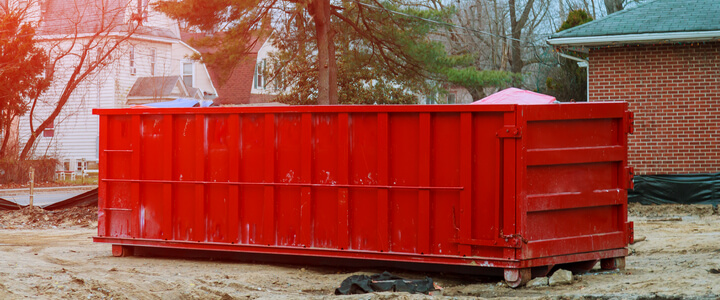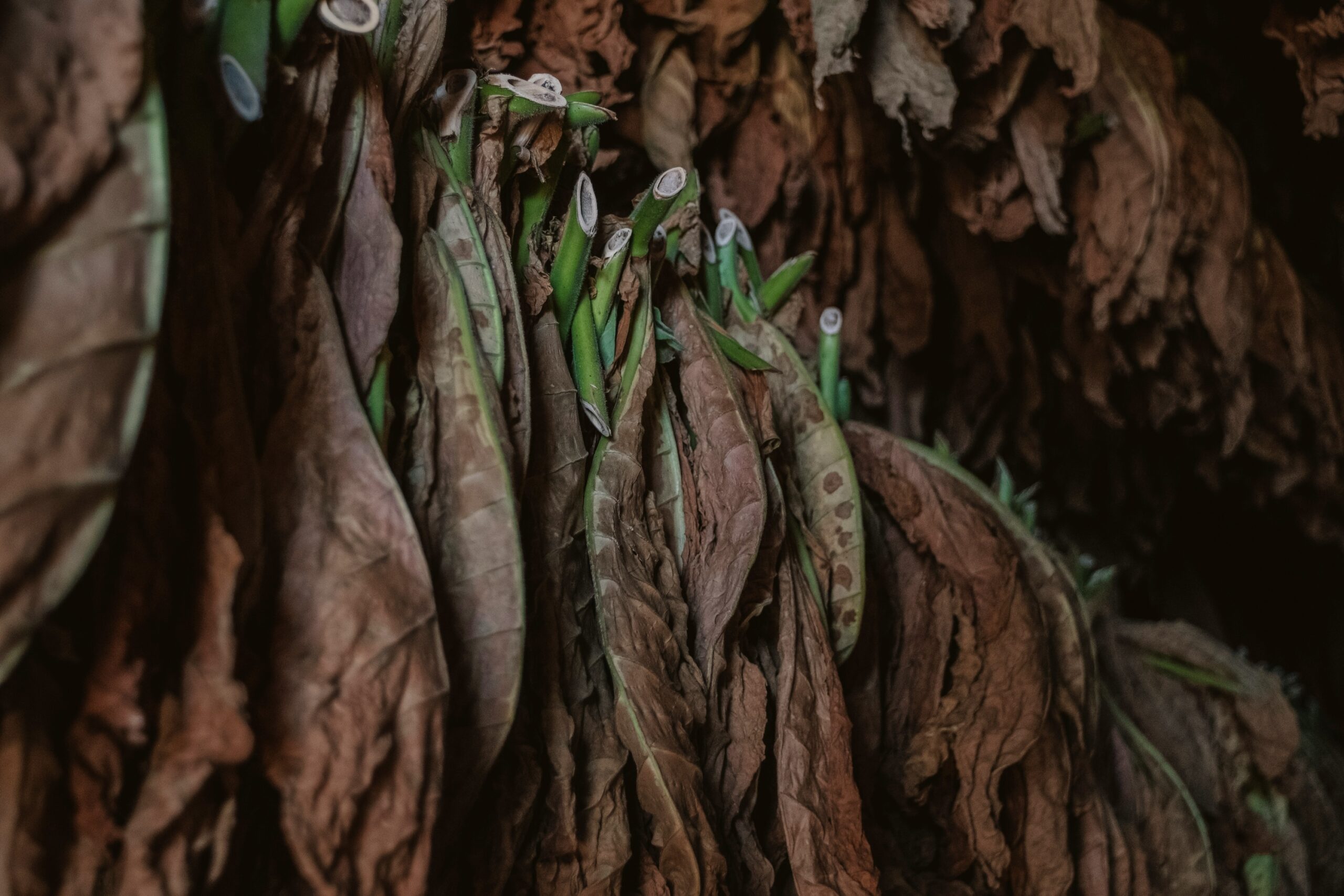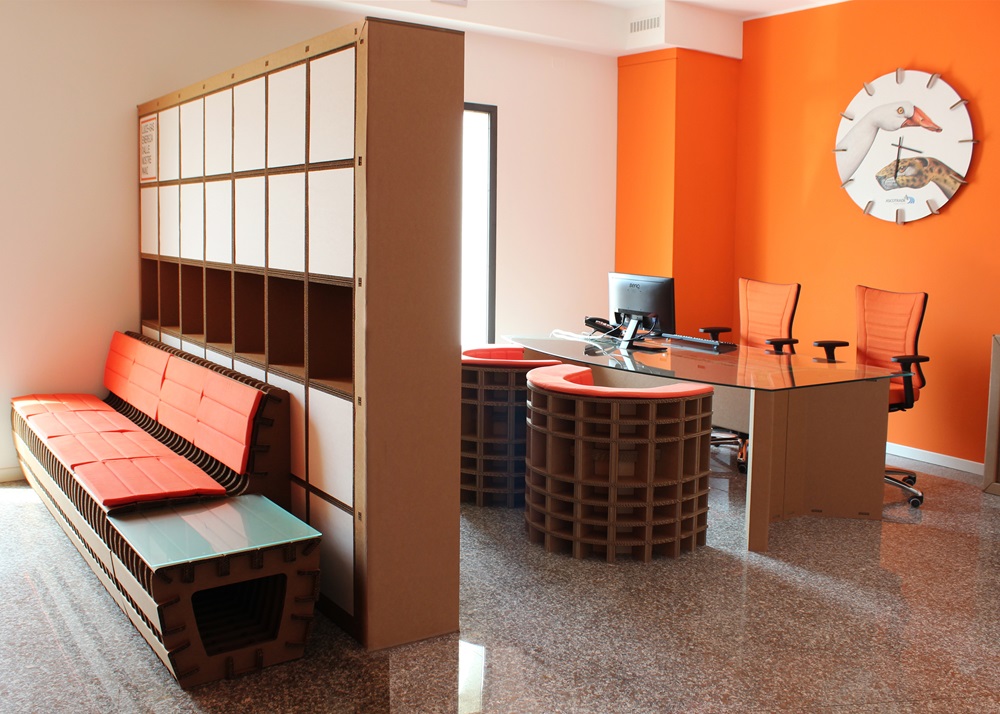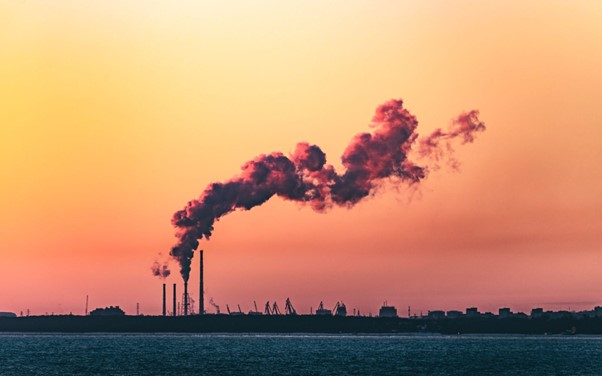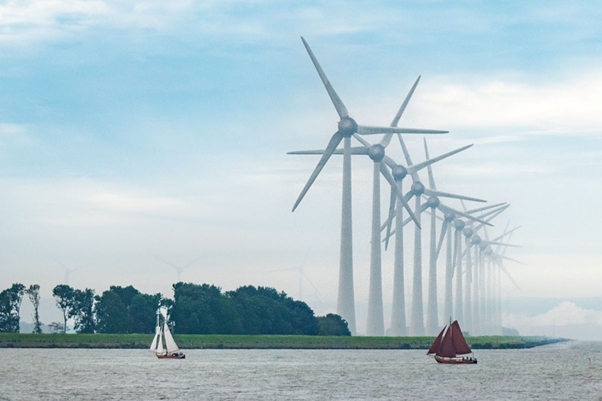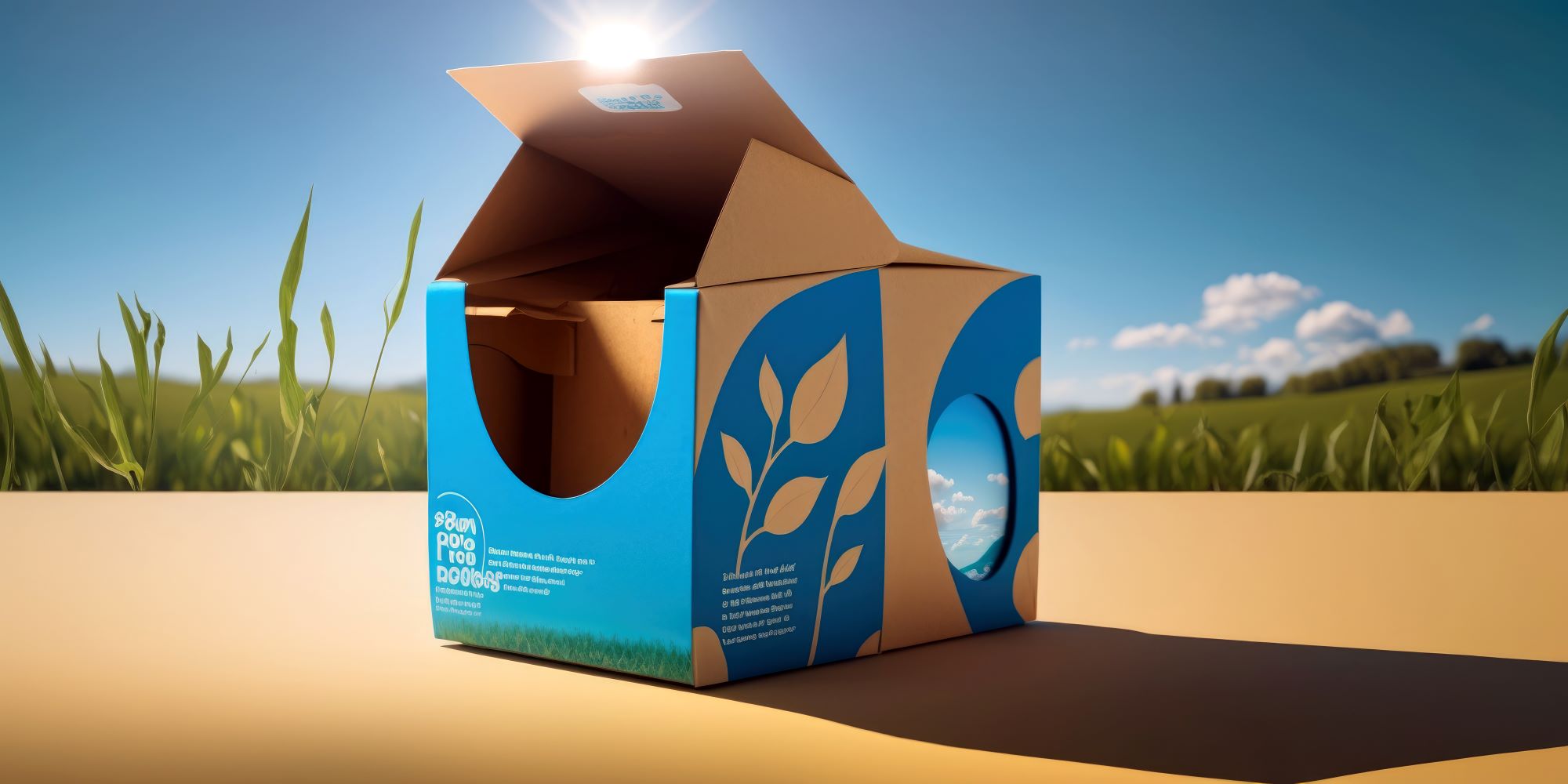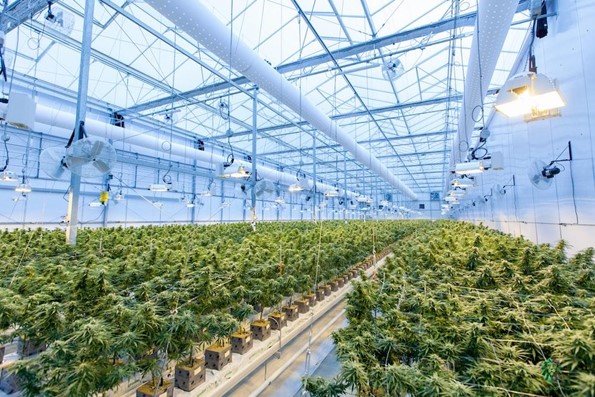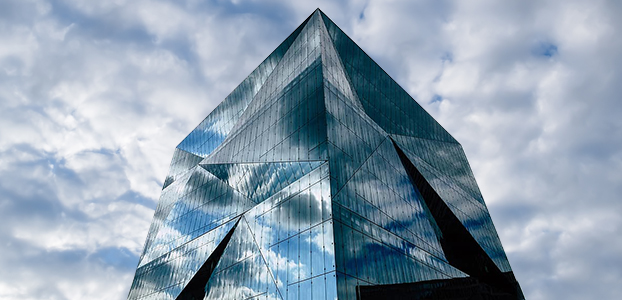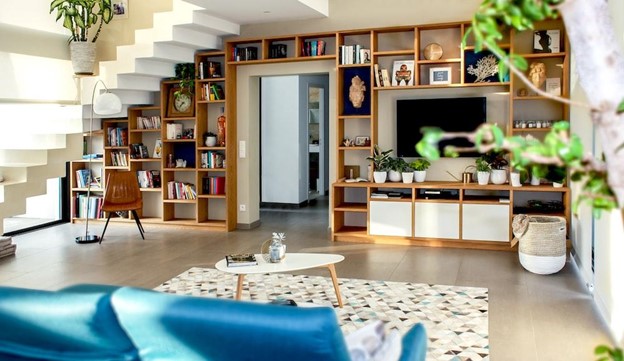5 Reasons Why We Need a Greener Environment
Did you know that according to the World Health Organization, more than two-thirds of all human illness and premature death is caused by environmental factors?
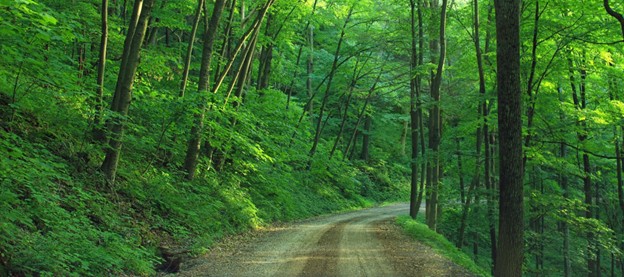
We really need more greenery & a better environment, and here are the reasons why:
1. Greenery is necessary for photosynthesis, which helps to produce oxygen for the environment.
Green plants play a crucial role in the process of photosynthesis, which helps to produce oxygen for the environment. By absorbing sunlight, plants are able to convert it into glucose, a type of sugar that provides them with energy. In addition to producing oxygen, this process also helps to remove carbon dioxide from the air.
Photosynthesis is an essential part of life on Earth, and without green plants, the planet would be unable to support human life or any other form of complex life. The more trees we plant and the more greenery we have in our cities and towns, the better off everyone will be.
2. Trees and other plants can help to prevent soil erosion.
Trees and other plants can help to prevent soil erosion by stabilizing the soil with their roots. In addition, they can trap sediment and debris in their leaves, which helps to keep the soil in place. By minimizing the amount of soil that is lost through erosion, trees and plants can help to protect our water supplies and preserve our landscapes.
- Soil erosion can be caused by wind
- Soil erosion can also be caused by water
- Trees and other plants can help to reduce wind speeds and slow down the flow of water
One of the primary causes of soil erosion is wind. When the wind blows across the land, it picks up bits of soil and carries them away.
This process can strip away the top layer of soil, leaving behind barren ground that is vulnerable to further erosion. This is why it is important to use compostable packaging to help reduce soil erosion.
Trees and other plants can help to reduce wind speeds by breaking up the airflow and by providing shelter for the ground below.
3. Plants can help to cool the air in urban areas.
In recent years, there has been a growing awareness of the importance of plants in urban areas.
Not only do they add beauty to our surroundings, but they also play an important role in cooling the air and improving air quality.
- Trees can help to cool the air by providing shade.
In hot weather, the sun can cause the air temperature to rise quickly. By providing shade, trees can help to keep the air cool and comfortable. In addition, trees release water vapor into the atmosphere, which helps to create a cooling effect.
- Plants can help to cool the air by releasing water vapor into the atmosphere.
As plants absorb sunlight during photosynthesis, they release water vapor into the atmosphere. This process helps to cool down both the plant itself and the surrounding area. In fact, studies have shown that green spaces can reduce temperatures in urban areas by up to 8 degrees Celsius!
- Plants can improve air quality by absorbing pollutants.
One of the primary benefits of plants is that they can help to improve air quality by absorbing pollutants from the atmosphere. Many types of plants are effective at removing harmful gases such as carbon dioxide and sulfur dioxide from the air. By improving air quality, plants help to make
4. Trees provide shade and can help to reduce energy costs.
Did you know that trees can help to reduce energy costs? It’s true! By providing shade, trees can help to keep buildings cooler in the summer and reduce the need for air conditioning. In addition, trees can help to lower energy consumption by cooling the air around them.
- Shade from Trees Can Reduce Energy Costs:
A recent study by the U.S. Forest Service found that a tree-lined street can be up to 10 degrees Fahrenheit cooler than an unshaded street. Not only does this help to make it more comfortable for pedestrians and drivers, but it also reduces the need for air conditioning. In fact, according to the study, if every American town planted just one tree per acre, it would save enough energy to power 4 million homes!
- Trees Help Cool Air Nearby:
In addition to providing shade, trees also release water vapor into the atmosphere which helps to cool down both the plant itself and the surrounding area. A study by NASA found that green spaces can reduce temperatures in urban areas by up to 8 degrees Celsius!
- Trees Lower Energy Consumption:
Trees not only help to cool buildings and the air nearby, but they also play a role in reducing energy consumption. By shading buildings and absorbing carbon dioxide, trees can help to lower energy use in both commercial and residential areas. In fact, one study found that a 50% increase in tree cover could reduce energy consumption by up to 30%.
5. Investing in green infrastructure can create jobs and stimulate the economy.
A study by the Environmental Protection Agency found that every $1 million invested in green infrastructure projects can create up to 17 jobs. In addition, green infrastructure investments can help to stimulate the economy by attracting new businesses and generating new tax revenue.

Green infrastructure investments not only create jobs and stimulate the economy, but they also have a number of other benefits. For example, green infrastructure can improve air quality by reducing greenhouse gas emissions. This helps to improve public health and protect our environment.
Green infrastructure is a cost-effective and efficient way to meet our needs for water management, energy, transportation, and climate resilience. By investing in green infrastructure, we can create jobs, reduce greenhouse gas emissions, and improve air quality all at the same time!
Conclusion
It’s hard to overestimate the importance of greenery in our lives. From reducing stress levels and improving cognitive function, to create a more calming and pleasant environment, plants play an important role in our health and happiness. With all the benefits that come with having greenery in our lives, there’s no reason not to enjoy their many charms.

